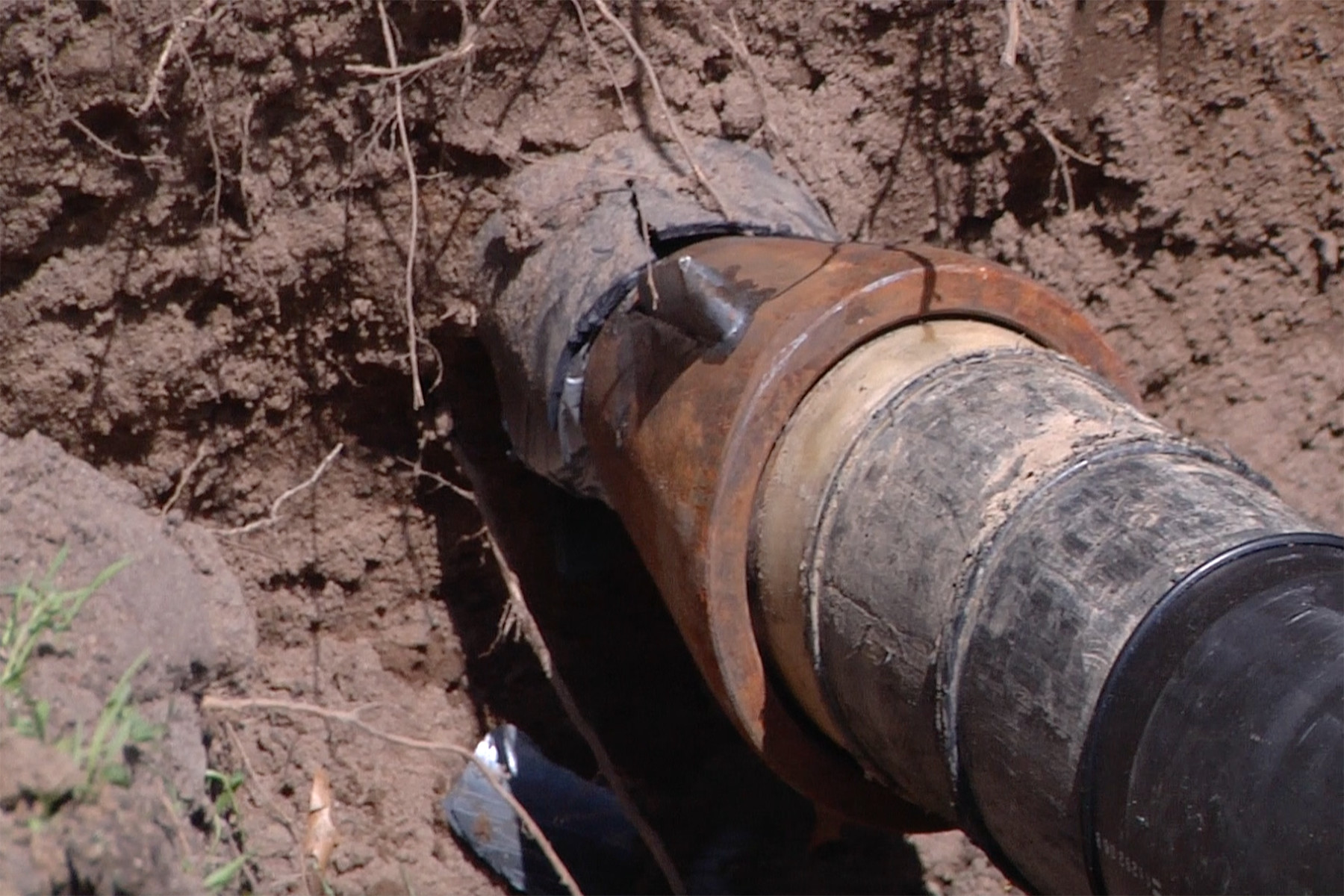Your plumbing system consists of two major components: your water lines, which transport both hot and cold water throughout your home, and your sewer system, which collects water and waste from your drains and transports it to your sewer or septic tank. While most people pay attention to their water lines (especially when a leak can cause so much damage), few pay any attention to their sewer line. When your sewer system is functioning properly, it is easy to forget it exists.
Nonetheless, it is essential to understand what your sewer system does, what it consists of, and what can cause it to malfunction. Every homeowner should be aware of the following information regarding their septic system, which we will discuss in this article. In this introductory guide, we’ll discuss the various components of your sewer system, what can go wrong with it, how these issues are resolved, and some short-term and long-term solutions to these problems.
Components Your Sewer System
Your sewage system is relatively straightforward. Consider it similar to a tree, which has a trunk that supports it and serves as its main connection to the earth below, as well as branches that lead to the various leaves, flowers, and fruit that grow on it. The “trunk” of your sewer system is your primary sewer line, also known as your “sewer main.”
A network of drain lines is connected to the main sewer line of your home. These lines connect to the various drains located throughout your residence. The drains in your kitchen sink, bathroom sink, toilet, shower, and bathtub are the most obvious and well-known ones. However, you also have drains in your dishwasher and washing machine, as well as likely several drains around the perimeter of your home to collect and remove irrigation and rainwater safely.
Drain lines are relatively straightforward; they consist of a drain pipe that connects the drain to the main sewer line, where water and waste can be disposed of safely. However, there is another important component of every drain that you must be aware of: the trap. When a drain is not in use, water is “trapped” in a trap, which is a vertical pipe segment. This water seals off your drain line and prevents foul odors and gases from your sewer line from reentering your drain line.
Frequent Sewer Problems
A broken line, particularly the main sewer line, is the worst problem that can occur with a sewage system. Broken or damaged sewer lines can lead to sewage spilling onto your property as well as shifting and settling of the soil beneath your home’s foundation, resulting in slipping that could cause structural damage. It also causes a great deal of foul odors in your home. Sewer line repair is a difficult task, but technology is making it easier. While there may still be a time when plumbers must dig up your drain line, trenchless technology enables plumbers to seal leaks or cracks in lines with a new liner, effectively forming a new pipe within your old pipe, saving a great deal of time and effort.
Nevertheless, the most frequent issues are not nearly as severe as a broken line. In fact, a clog in your sewer line is the most prevalent issue, affecting nearly every homeowner at some point. Clogs are annoying because they prevent your water and waste from escaping, causing your drains to back up and leaving you wondering if you can even use your plumbing system. The good news is that our plumbers have multiple methods for clearing clogged drains.
Short-Term Maintenance
The greatest advantage of short-term repairs is that they provide a temporary solution to your problem at a reasonable price. Frequently, you can also do these things yourself. For instance, if you have a clogged toilet, using a plunger will typically dislodge the clog sufficiently so that your toilet will flush normally again. It may even be a permanent solution. However, this is only a temporary solution because it does not eliminate the underlying issue.
Long-Term Repairs
A long-term repair is typically much larger and more costly than a short-term repair, but it has the benefit of resolving the issue entirely. For instance, it is possible to fix a leaking sewer line with a short-term solution, but replacing the line entirely is a long-term solution because it eliminates the possibility of another leak developing in the future, as well as scaling, corrosion, and other issues.
Preventative Maintenance
Preventive maintenance is another effective method for eliminating sewage system problems. There are two excellent methods for drain and sewer line maintenance. First, jetting is the use of a high-pressure water jet to clean these lines. The jet eliminates clogs and obstructions and scrubs the walls of your plumbing to remove any residue that could contribute to clog development. We recommend having a video line inspection performed on your main sewer line every two years, and having your line jetted if the video inspection reveals significant signs of buildup.
Secondly, biological drain cleaners are an excellent method for preventing clogs and sewer line issues. These cleaners are not like the caustic cleaners you are familiar with, which can damage your plumbing and cause bodily harm. Instead, these cleaners are made up of countless bacteria that consume the organic matter in your drains and sewer lines. They are completely harmless to humans and animals, and they can be flushed down the drain without harming the environment.

